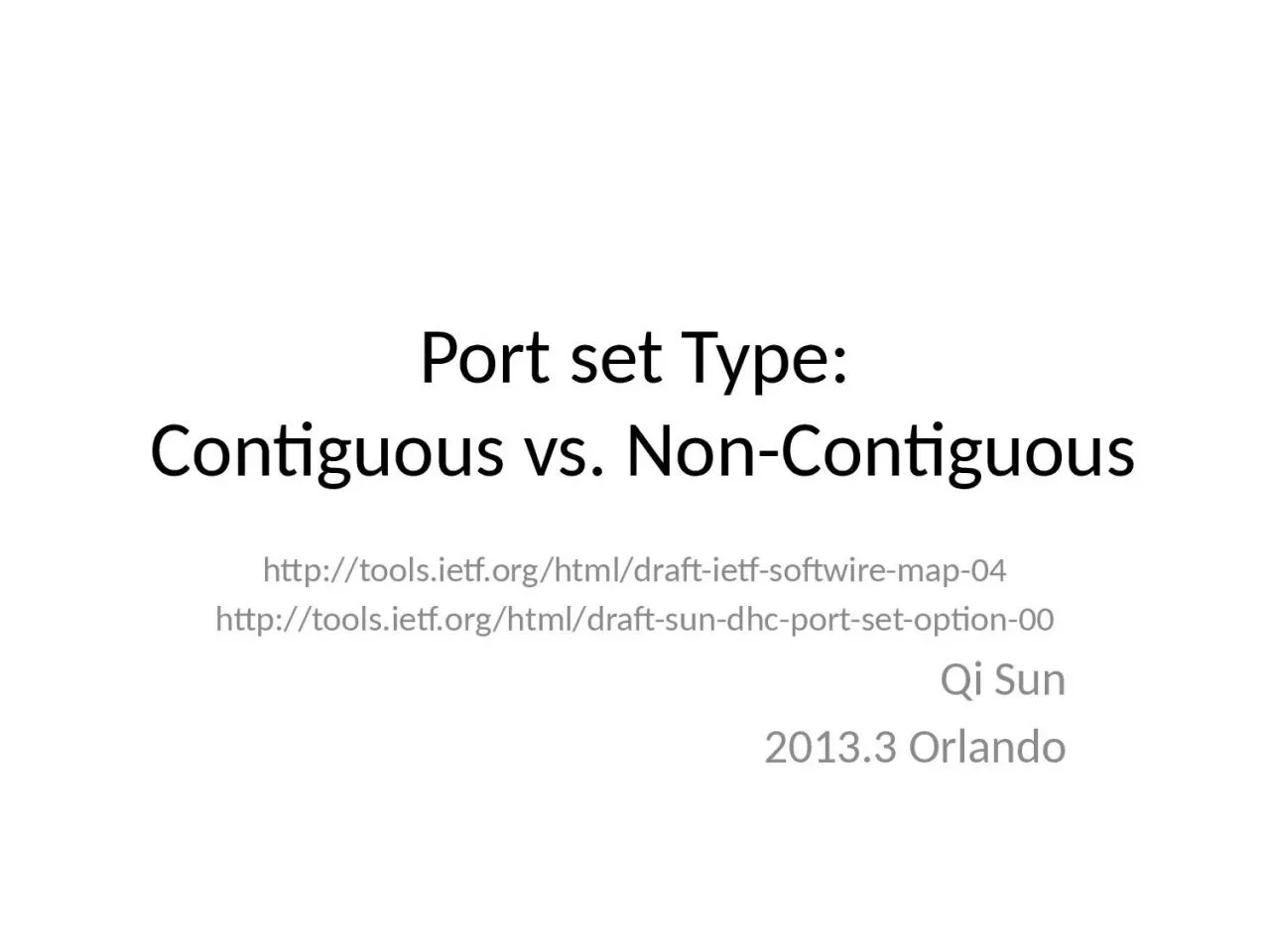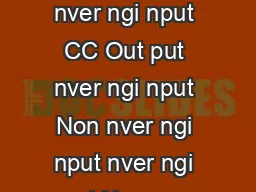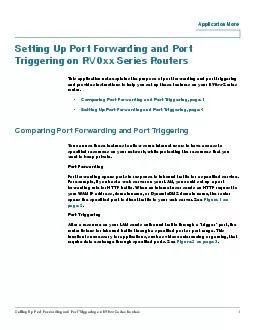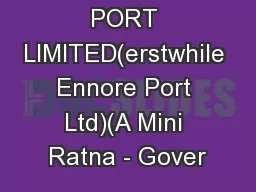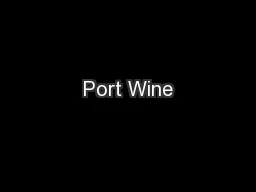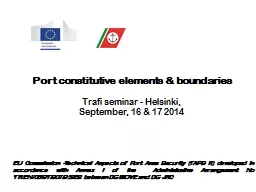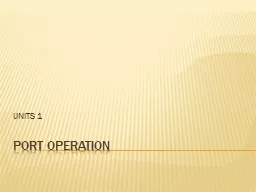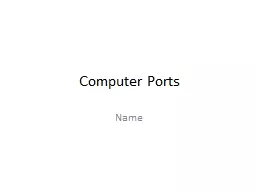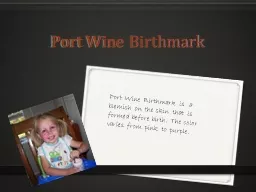PPT-Port set Type : Contiguous vs. Non-Contiguous
Author : willow | Published Date : 2022-07-13
httptoolsietforghtmldraftietfsoftwiremap04 http toolsietforg htmldraftsundhcportsetoption00 Qi Sun 20133 Orlando Motivation for port sharing IPv4 exhaustion Several
Presentation Embed Code
Download Presentation
Download Presentation The PPT/PDF document "Port set Type : Contiguous vs. Non-Con..." is the property of its rightful owner. Permission is granted to download and print the materials on this website for personal, non-commercial use only, and to display it on your personal computer provided you do not modify the materials and that you retain all copyright notices contained in the materials. By downloading content from our website, you accept the terms of this agreement.
Port set Type : Contiguous vs. Non-Contiguous: Transcript
Download Rules Of Document
"Port set Type : Contiguous vs. Non-Contiguous"The content belongs to its owner. You may download and print it for personal use, without modification, and keep all copyright notices. By downloading, you agree to these terms.
Related Documents

